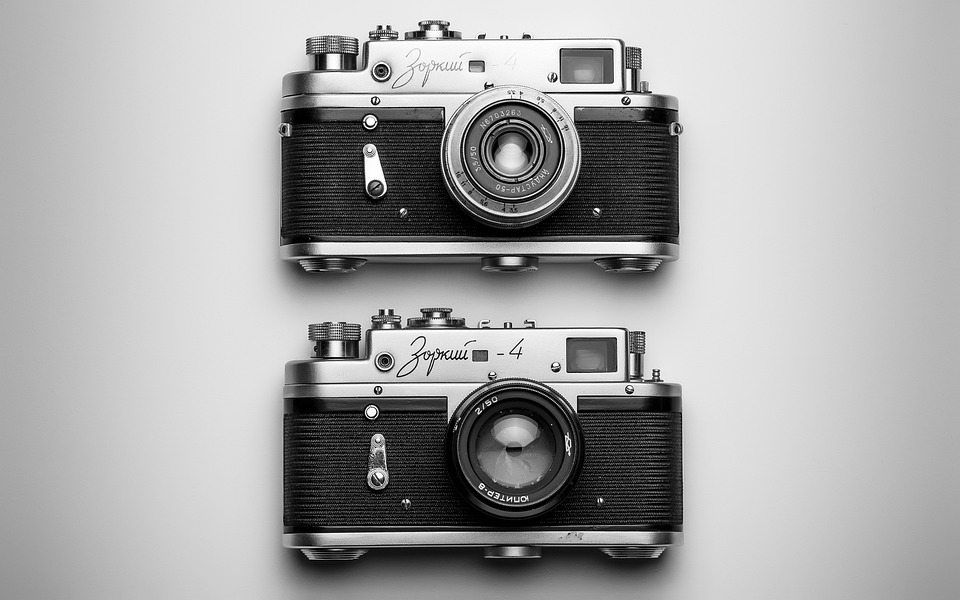
The realm of design technology has seen the emergence of a fresh array of innovative professionals whose impact on the creative process is increasingly profound. Bringing together designers, engineers, and technologists, these design technologists are dedicated to offering inventive solutions to intricate challenges, more often found within product design, user experience design, and software engineering.
The primary role of design technologists is to create and implement the technical components of a design project. This includes user interface development, software coding, and visual design creation. They also ensure that the design meets the specific needs and expectations of the user.
Design technologists now play a critical role in the creative process, bridging the divide between creatives and technical specialists. This allows designers to focus on the creative facets of the project while the technologists handle the technical components. Consequently, the creative process becomes more efficient and effective in design and execution.
Design technologists provide valuable insights into the user experience, identify potential problems, and suggest solutions that can enhance the user’s overall experience. They offer feedback on the design process and recommend improvements that can heighten the effectiveness of the final product. They are also essential in identifying possible problems in the development, testing, and deployment processes and in suggesting solutions for more efficient and effective outcomes.
In conclusion, design technologists continue to make a significant impact on the creative process, improving its efficiency and effectiveness through creative and technical collaboration. They offer valuable insights into the user experience, development, testing, and deployment processes, helping to ensure that the design meets the user’s needs and expectations.




